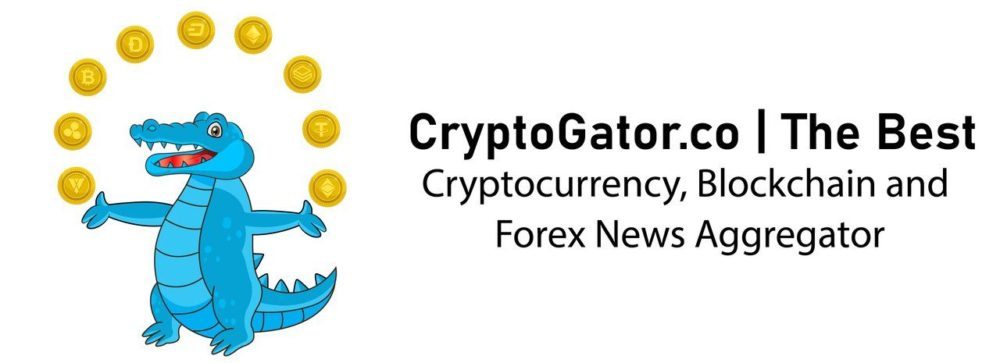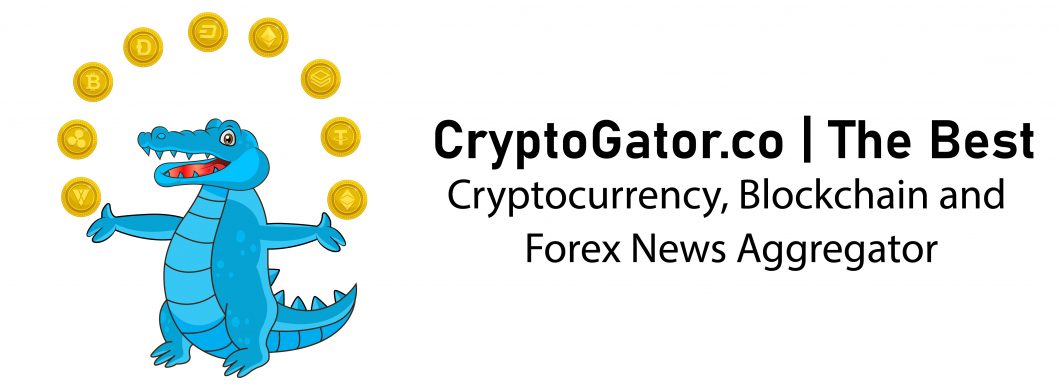There’s been a lot of discussion in the P2E community about onboarding traditional, “Web2” gamers into the blockchain gaming space. These gamers are almost a bit like the “holy grail” of the P2E gaming space – the enviable prize that will ultimately lead to mass adoption. Much like non-crypto holders (so-called “normies”) were perceived in the earlier days of the crypto space, creators, innovators, and analysts alike believe that Web2 gamers are the key to P2E’s proliferation.
But are they?
Yes and no. While it’s not impossible that Web2 gamers will one day join the Web3 gaming space, many of those who play traditional games have an inherently different approach to gaming than those who play blockchain games. They play to have fun – they don’t care about earning money while they game.
So should P2E creators prioritize onboarding “traditional” gamers into their games? Web2 players are certainly a much larger bunch than their Web3 counterparts. But while it is true that their participation in P2E could bring a large influx of capital into the space, it may not be worth the effort – at least, not in the short term. Here’s why.
Who Plays Web3 Games?
The term “gamer” has undergone quite a few changes over the last several decades. Before video games were a thing, the word might have described people who liked to play cards or board games. When video games first started to appear on the scene, gamers were people who spent their time in arcades; then, when personal computers and gaming consoles became more accessible, “gamer” started to describe people who were enthusiastic about those.
Today, the advent of P2E has brought the word “gamer” to another point in its evolution – because while people who play P2E games may technically be considered gamers, they are a very different breed than people who play Call of Duty and Roblox.
This is because their primary aim is to use P2E gaming as a way to make money. For these “gamers,” playing P2E games is work – their actions and interactions in any given P2E game may not feel any different than most of us feel when we sit down at our desks and open up Excel or Microsoft Word. And with good reason – the mechanics of many P2E games rely heavily on grinding, or performing repetitive tasks in exchange for rewards.
And while grinding certainly isn’t unique to P2E (it’s present in most Web2 games, too), you’d be hard pressed to find Web2 gamers who are excited about spending their time performing tedious tasks in video games, even if they do earn some money while they’re at it.
In the Future, There Won’t Be a Separation Between Web2 and Web3 Games
Therefore, I’d like to argue that until Web3 games can offer the same kinds of gaming experiences that Web2 games offer their players, there’s little point in trying to onboard them. And to be clear – as more capital and more developer talent enters the space, that day will come. Web3 games will one day catch up to their Web2 equivalents in terms of graphics, mechanics, and lore.
But until then, P2E games should be marketed toward the people who do want to play with their money inside games and virtual worlds: the crypto natives and entrepreneurs who are more interested in earning money than in the experience of having fun playing a game. And while these are the people who play Web3 games, creators can support them by improving the experience of the game as accessible and user friendly and possible.
Want more? Connect with NFT Plazas
Join the Weekly Newsletter
Join our Discord
Follow us on Twitter
Like us on Facebook
Follow us on Instagram
*All investment/financial opinions expressed by NFT Plazas are from the personal research and experience of our site moderators and are intended as educational material only. Individuals are required to fully research any product prior to making any kind of investment.
The post Web2 Users Don’t Want to Play Web3 Games: Here’s Why appeared first on NFT Plazas.



